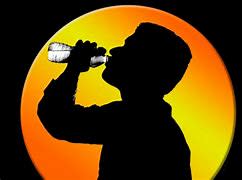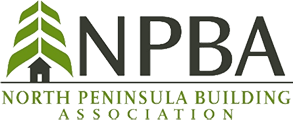L&I "Emergency" Wildfire Smoke and Heat Exposure Rules

L&I "Emergency" Wildfire Smoke and Heat Exposure Rules
Yesterday, the Department of Labor & Industries (L&I) announced the finalization of emergency rules related to Wildfire Smoke and Heat Exposure for Washington businesses and their employees.
In response to the initial rule proposals, BIAW and other business groups provided detailed and constructive input and raised the issue of the need for, and legality of, "emergency” rules in these two areas. L&I essentially ignored this input entirely and is proceeding accordingly.
What do employers need to know about the new “emergency” rules?
The rules for both Wildfire Smoke and Outdoor Heat Exposure will be in effect from
June 15th through September 30th.
Wildfire Smoke:
The rule requires covered employers to:
• Have a written wildfire smoke response plan.
• Determine employee smoke exposure levels before work and periodically during each shift when smoke is present.
• Train employees on wildfire smoke hazards.
• Train supervisors on how to respond to health issues caused by wildfire smoke.
• Inform employees of available protective measures against wildfire smoke.
When wildfire smoke conditions reach Air Quality Index (AQI) 101 additional requirements include:
• Alert employees of the smoke levels.
• Provide respirators and encourage their use.
• When feasible, limit employee exposures to wildfire smoke. Specific Requirements:
If the AQI is at 69 or higher, employers are encouraged to limit their workers’ exposure to smoke by:
• Reducing, rescheduling, or relocating work.
• Providing enclosed buildings or vehicles where the air is filtered; and,
• Reducing the work intensity or increasing rest periods.
When the AQI is at 101 or higher, steps to limit workers’ exposure to smoke is required whenever feasible.
At AQI 69 or higher, employers are encouraged to provide respirators at no cost to the workers and workers can wear respiratory protection if they choose. At AQI 101, employers must provide respirators for voluntary use—an increase in protection from last year’s wildfire smoke rule.
Employees must be provided with and are required to wear more protective respirators when particulates from wildfire smoke are measured at 555 micrograms per cubic meter (μg/m3) or higher, a level both extremely hazardous and rare that is beyond the top of the AQI scale of 500.
Where to find AQI:
Some common online tools to find real-time air quality information include:
• AirNow.gov from the U.S. Environmental Protection Agency (EPA)
• Air Quality Map from the Washington State Department of Ecology, and
Employers may also use their own air monitoring equipment if it meets specific qualifications.
L&I also recommends employers take action to reduce employee exposure to dangerous air at even lower AQI levels, especially for sensitive groups including those with asthma or other lung conditions.
The entire Wildfire Smoke Rule can be found here:
Emergency Wildfire Smoke Rule, WAC 296-62-085.
Outdoor Heat Exposure:
When temperatures are at or above 89 degrees, the emergency heat rules combined with existing rules require employers to:
• Provide enough sufficiently cool water for each employee to drink at least a quart an hour.
• Provide sufficient shade that is large enough for and close enough to workers;
• Encourage and allow workers to take paid preventative cool-down breaks as needed; and,
• Require a 10-minute, paid cool-down break every two hours.
Existing rules already require ready access to at least one quart of drinking water per worker per hour, an outdoor heat exposure safety program with training, and an appropriate response to workers who are experiencing heat-related illness symptoms.
Depending on the type of clothing workers are wearing, the temperature at which the requirements kick in may be even lower:
• 52° F – Workers wearing non-breathable clothing
• 77° F – Workers wearing double-layer woven clothing
• 89° F – Regardless of clothing type
Employers can substitute other means of lowering body temperature for shade, like an air-conditioned trailer or a misting station.
Employers must monitor temperatures and have a system in place, like a mandatory buddy rule, regular check-in by phone or radio, or other effective method to catch signs of heat-related illness. If there are signs of illness, employers must relieve workers from duty, provide shade or other means of cooling down, and determine if additional medical attention is needed.
For specific requirements on training, shade, and water requirements, etc. go to:
L&I’s Be Heat Smart web page.
